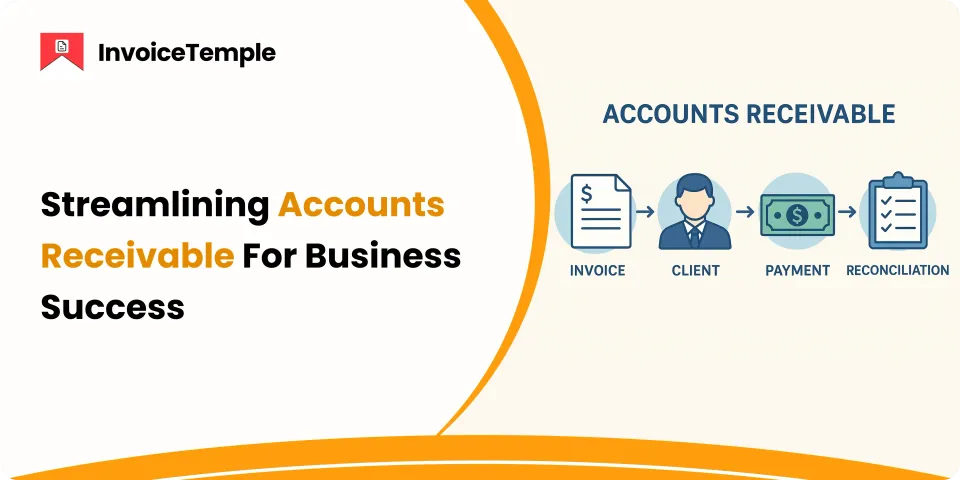Design a Seamless Accounts Receivable Process from Start to Finish

Have you ever waited so long to receive the payment? How does it feel? Whatever the size of your business, without receiving payment from the clients, your business won’t function efficiently. With an inconsistent flow of accounts receivable, the business may face serious consequences like inconsistent cash flow, unpaid debts, delayed payments, etc.
Knowing about the accounts receivable process is crucial for maintaining proper finances for the business. This blog explains all the details about the accounts receivable process and the advantages of it. Continue to read and gain valuable insights.
An Introduction to the Accounts Receivable Process
Accounts receivable is the process followed by a business to manage money owed by clients or customers for products or services provided on credit. It is the process by which the business ensures that it is getting paid promptly.
The steps followed in the accounts receivable process are as follows.
- Invoice generation
- Establishing credit policies
- Sharing invoices
- Managing the payment collections
- Updating AR documentation
The following section provides an in-depth overview of the process elements.
1. Invoice Generation: Once the products or services are delivered to the clients, the invoices will be generated for the work done for the clients. A clear detail about the purchased products will be mentioned here to get a clear understanding for both the clients and the business owner.
2. Establishing Credit Policies: As the next step, the creditworthiness of the client is checked. This verification process safeguards the business from facing debt situations. After the verification process, the credit policies are crafted for the clients.
3. Sharing Invoices: The next step is sharing the invoices with the clients to let them know about the payment to be made, the due date to complete the payment, what they have been charged, and how much they are charged, etc.
4. Managing the Payment Collections: Collecting the payment is the toughest process of accounts receivable. In this collection journey, situations may arise to contact the clients, maintain communication with them, forward payment reminders, etc.
5. Updating AR Documentation: Maintain proper documentation for the amount received. This AR documentation helps in identifying the unpaid and paid invoices and the financial stability of the business.
Sometimes, confusion may arise in these accounts receivable processes, as it is a process that deals with amounts. If any such issues arise, they must be cleared automatically, because even a minor mistake can create greater confusion in the entire business finance.
To know more about the strategies that enhance the accounts receivable workflow process, read this blog.
Advantages of Accurate Accounts Receivable Workflow
The accounts receivable process has numerous advantages for the business. Some of the advantages are listed below.
- With the accounts receivable process, the current financial performance and stability of the business can be identified. This live update allows the business owner to make effective decisions regarding the business's profitability.
- A professional accounts receivable process helps in getting paid quickly. So, the business can experience a smooth cash flow that enhances the business's standard and stability.
- A professional invoicing process carried out in AR helps the clients to get a clear view of the purchase they have made. Also, it creates a strong relationship between the client and the business owner.
- Forwarding payment reminders and following up on them are a set of processes included in the AP operation. So, the risk of getting late payments is reduced here. This enhances the cash flow of the business.
When this AP process is done manually, it takes a long time for every single step. But when it is done using automated accounting software or automated accounts receivable management software, the entire process can be made easy.
Tracking the accounts receivable process is crucial for business success. So, implement it effectively in your business and achieve financial success.
